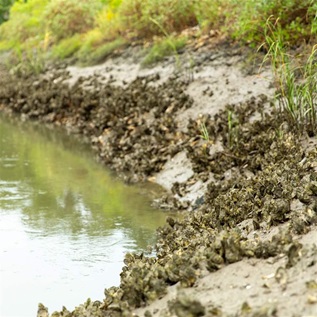The Pew MacArthur Results First Initiative in Florida
This page was updated in October 2019 to note the conclusion of the state’s work with the Pew-MacArthur Results First Initiative.
Background
In 2015, Florida Governor Rick Scott issued two executive orders promoting accountability, efficiency, and best practices to improve mental health services throughout the state. The orders charged the state’s Corrections, Juvenile Justice, Children and Families, Health, and Health Care Administration agencies with collaborating on efforts such as a coordinated delivery model and a streamlined budgeting process. The orders also named three pilot counties—Alachua, Broward, and Pinellas—that were to conduct a comprehensive review of behavioral health service delivery, including cross-agency coordination and the availability and effectiveness of institutional care compared with community care.
To help with these endeavors, the administration partnered with the Pew-MacArthur Results First Initiative in October 2015. The Florida departments of Corrections and Juvenile Justice took steps to inventory state programming and information they need to most efficiently allocate state resources. These efforts informed a long-term statewide strategic plan, signaling the Scott administration’s commitment to providing effective and efficient criminal justice programming and mental health services.
Implementation
Under the direction of secretaries Julie L. Jones (Department of Corrections) and Christina Daly (Department of Juvenile Justice), the two agencies worked together to develop inventories of their current investments in adult criminal justice and juvenile justice programs. Using detailed information on costs and evidence of effectiveness, the agencies internally identified areas for improvement in their contracting practices and worked to prioritize program funds going forward. Through work with Results First, the Department of Juvenile Justice (DJJ) compiled in 2017 a comprehensive list of interventions that included information on each program’s budget, participant capacity, evidence base, and the types of clients treated. DJJ found that some of the programs shown to be effective had limited use, while others with less evidence to support their effectiveness were utilized more frequently. Based on these findings, program managers developed additional oversight of the implementation of evidence-based practices, giving the departments better insights into their offered interventions, and allowing DJJ to be more strategic about how it prioritizes certain interventions. This work culminated in a detailed, internal report that was shared with the governor’s office.














